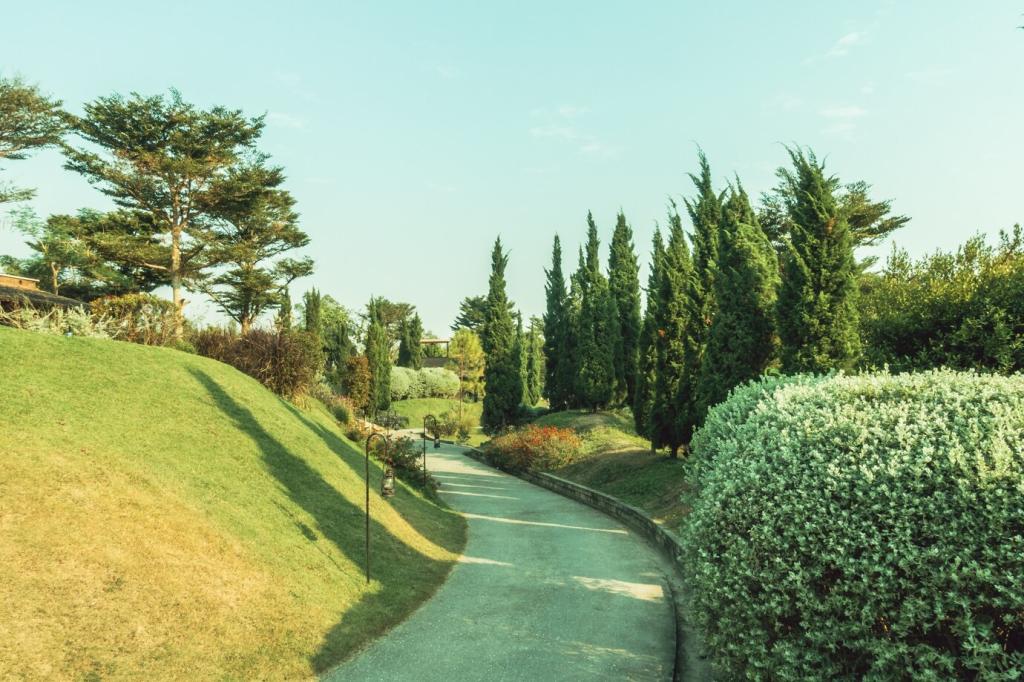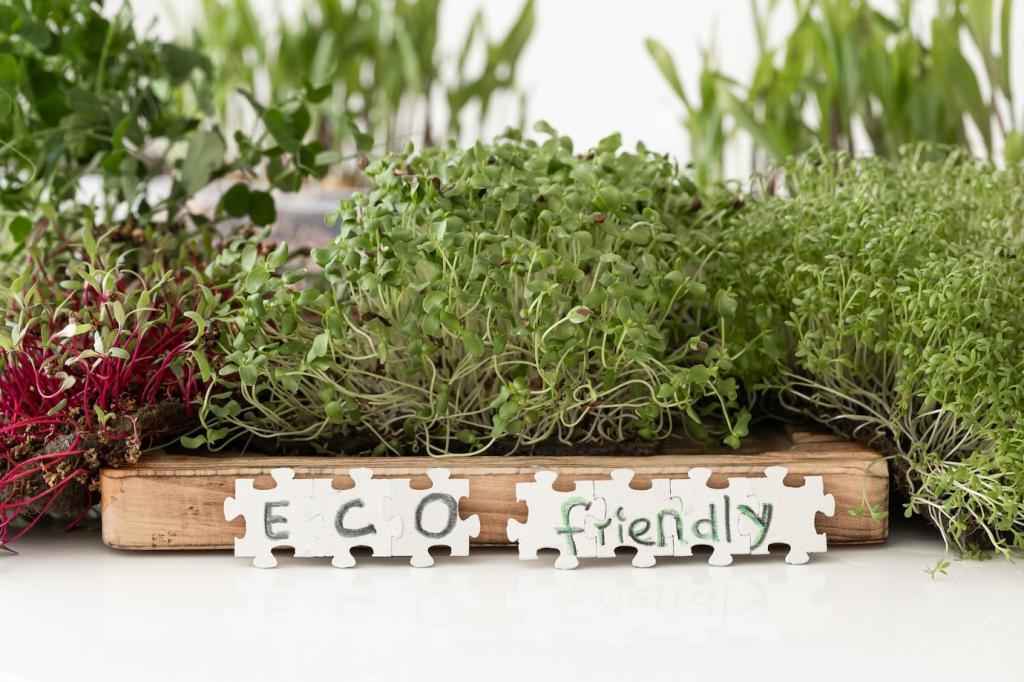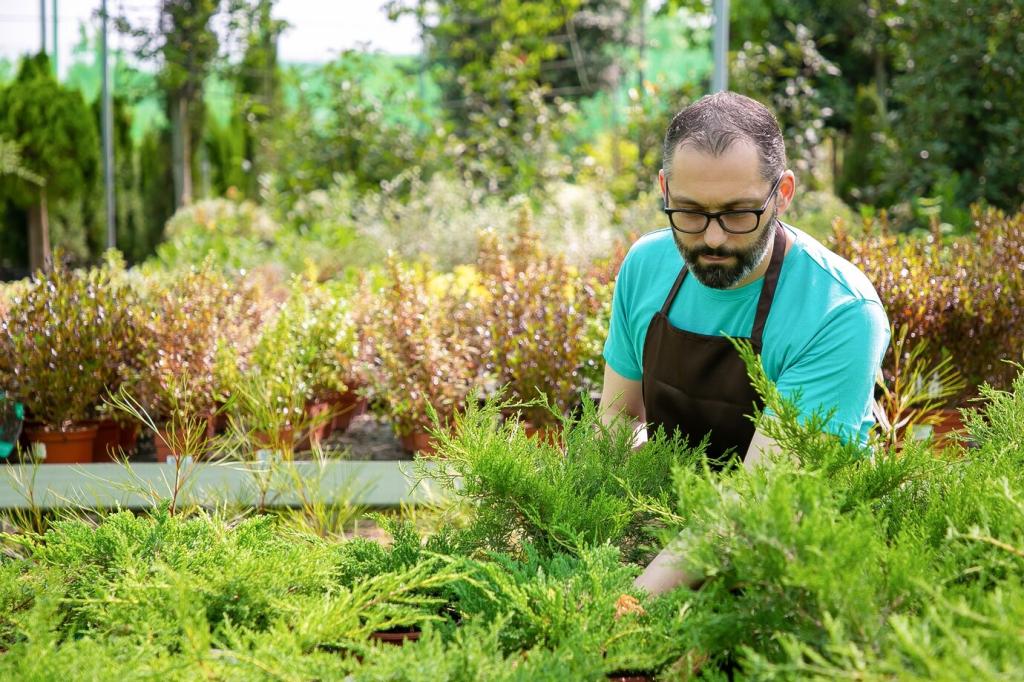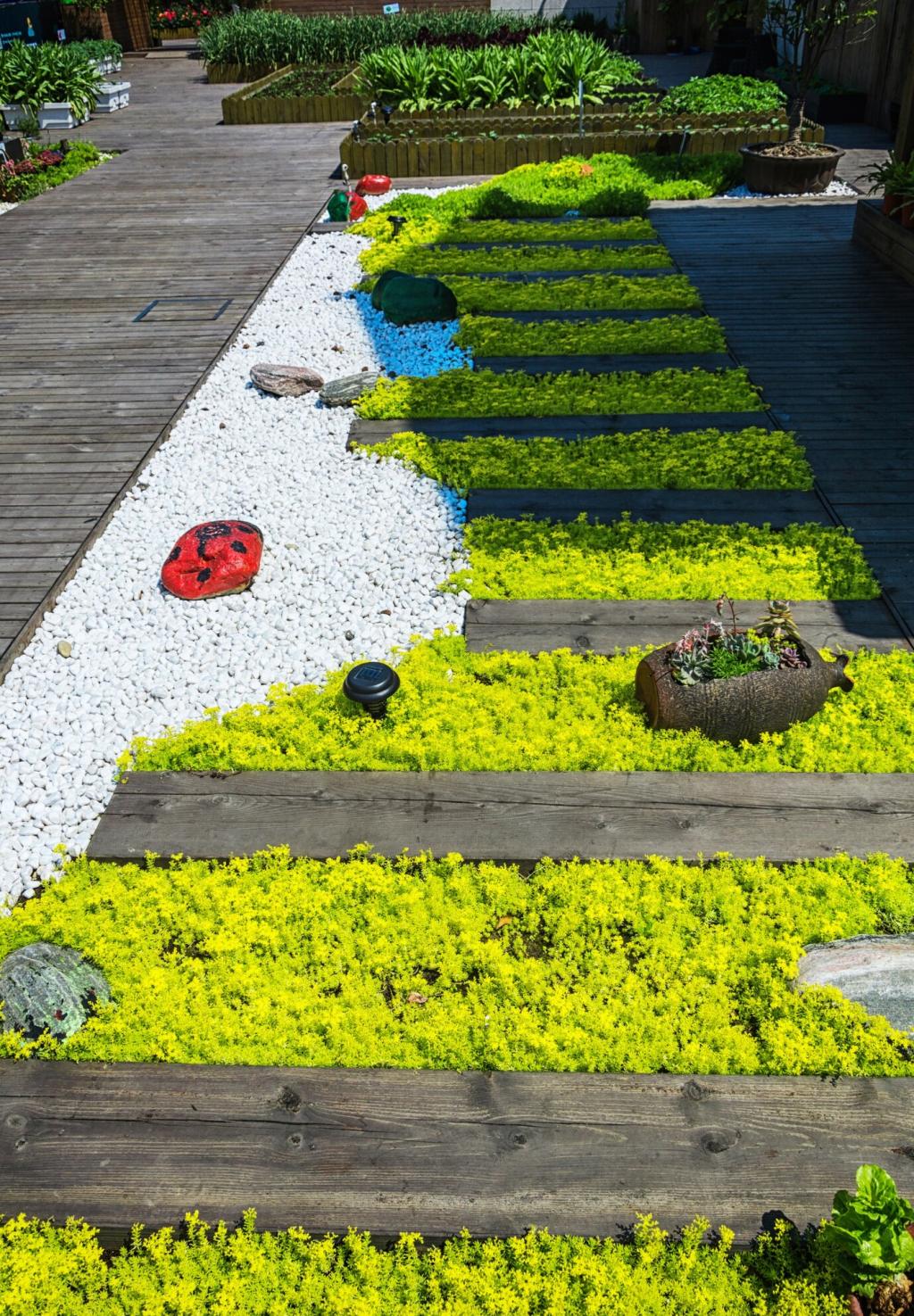
Soil Health Practices for Eco-Gardens
Selected theme: Soil Health Practices for Eco-Gardens. Welcome to a living, breathing approach to gardening where soil is more than a medium—it is an ecosystem. Join us, share your observations, and subscribe for practical updates rooted in real soil.


Living Soil: The Beating Heart of an Eco-Garden
Soil becomes truly alive when organic matter, air, water, and diverse organisms coexist. This balance builds crumbly structure, steady nutrients, and resilience against drought. Share a photo of your soil crumbs—can they hold together gently when pressed?
Living Soil: The Beating Heart of an Eco-Garden
Bacteria cycle nutrients; fungi form vast mycorrhizal networks that ferry water and minerals to roots. Protozoa and nematodes graze, releasing plant-available nutrients. Encourage diversity, and your garden repays you. Comment with any fungi sightings in your beds this week.
Compost That Works Overtime
Carbon–Nitrogen Balance Made Simple
Aim for roughly two to three parts browns to one part greens by volume. Keep moisture like a wrung-out sponge, and turn as needed. Balanced piles heat up, smell earthy, and finish faster. What materials dominate your local waste stream?
Cold vs. Hot Composting
Hot piles, at 130–160°F (54–71°C), break down quickly and can neutralize many weed seeds. Cold piles take longer but demand less labor. Choose your method based on time and space. Share your temperature milestones or turning schedule wins.
Worm Power: Vermicompost
A simple bin with red wigglers turns kitchen scraps into nutrient-dense castings that boost microbial life and plant vigor. Even a closet can host a tidy worm system. Tried it yet? Tell us how your plants respond to vermi-tea.
Mulch: Armor for Soil Health
Leaves, straw, and wood chips each offer different benefits. Leaves feed fungi, straw is light and clean, chips persist longer. Avoid contaminated or dyed sources. Apply five to eight centimeters and keep mulch slightly back from stems to prevent rot.

Mulch: Armor for Soil Health
A covered surface cuts evaporation, moderates temperature swings, and prevents compaction. As mulch decomposes, microbes convert it into humus, stabilizing nutrients and structure. Notice fewer weeds and happier soil life. What mulch mix has worked best for you?



No-Till, Low-Till, and Gentle Bed Prep
Aggressive tillage collapses structure, releases carbon dioxide, and shreds fungal networks that help plants. Rebuild by limiting inversion, adding compost, and keeping roots in the ground. Have you compared tilled and untilled beds side by side? Share observations.


No-Till, Low-Till, and Gentle Bed Prep
Layer cardboard over weeds, add generous compost, then mulch. Plant transplants directly and keep feeding with top-dressed compost. Earthworms and microbes integrate materials naturally. New to this? Post a photo of your first no-till bed layout.
Know Your Soil: Testing and Adapting
DIY Tests with Real Insight
Run a jar test for texture, a squeeze test for structure, and an infiltration test for water movement. Try a slake test to see aggregate stability. What surprised you most, and how will you adjust your practices?
When to Use a Lab
For nutrients, salinity, and pH, lab tests provide clarity. Sample several spots, mix, and submit annually for a baseline. Interpret results cautiously; avoid over-amending. Ask below if calcium, magnesium, or trace elements confuse your plan.
Keep a Living Garden Journal
Record moisture, mulch depth, compost applications, and plant responses. Patterns emerge, guiding smarter decisions every season. Share a snapshot of your latest notes and subscribe to receive our printable soil health tracking template.
